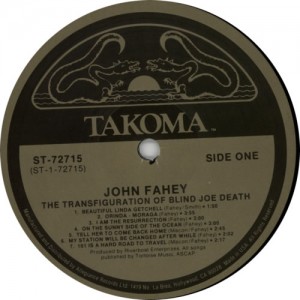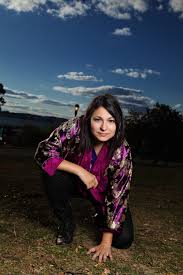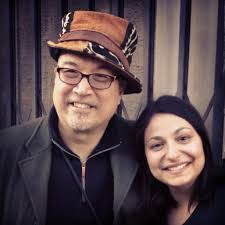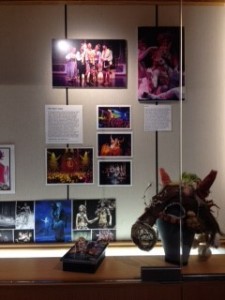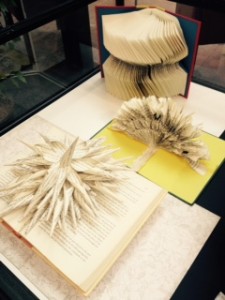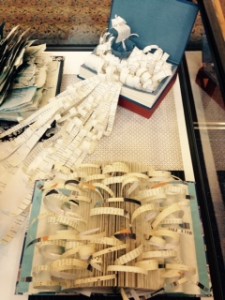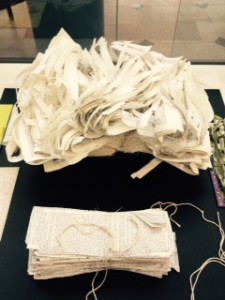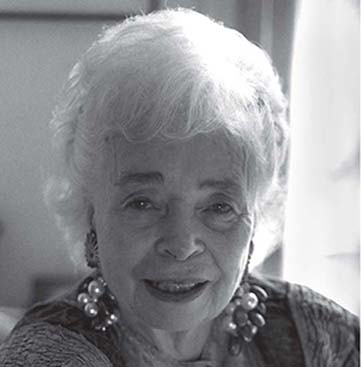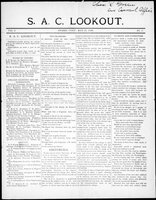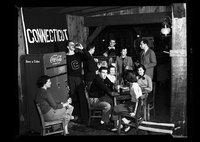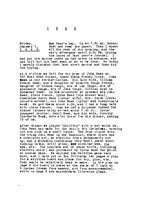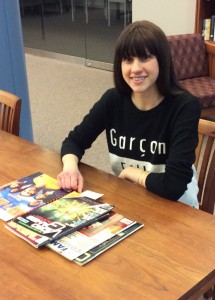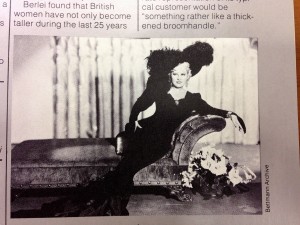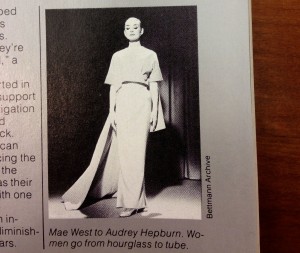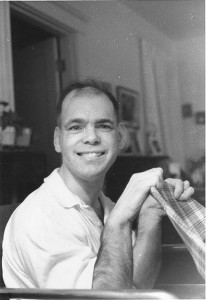The first comprehensive exhibition in Germany devoted to the legendary Black Mountain College opened this weekend at the Hamburger Bahnhof – Nationalgalerie in Berlin amid a large crowd and a flurry of interest. The large exhibition showcases archival materials loaned from a variety of repositories in the United States and Europe, and we are thrilled to have materials produced at Black Mountain College exhibited from collections held here in Archives and Special Collections included in the exhibition.
Black Mountain. An Interdisciplinary Experiment 1933 – 1957 encompasses works of art and craft, photography, performance and literature produced at Black Mountain College. Live readings, documentary film, and student programming promise to engage visitors throughout the exhibition which runs from June 5 until September 27, 2015.
In cooperation with the Freie Universität Berlin and the Dahlem Humanities Center, the exhibition at the Nationalgalerie in the Hamburger Bahnhof Museum traces the history of the small college founded in 1933 in North Carolina from its early experimental stages through the artists and teachers that shaped it in years following World War II. “Its influence upon the development of the arts in the second half of the 20th century was enormous; the performatisation of the arts, in particular, that emerged as from the 1950s derived vital impetus from the experimental practice at Black Mountain,” according to the exhibition curators.
Within an architectural environment designed by the architects’ collective raumlabor_berlin, the exhibition at the Hamburger Bahnhof is showing works both by teachers at the college, such as Josef and Anni Albers, Richard Buckminster Fuller, John Cage, Merce Cunningham, Shoji Hamada, Franz Kline, Xanti Schawinsky and Jack Tworkov, and by a number of Black Mountain students, including Ruth Asawa, Ray Johnson, Ursula Mamlok, Robert Rauschenberg, Dorothea Rockburne and Cy Twombly. A wealth of photographs and documentary film footage, as well as publications produced by the college, offer an insight into the way in which the institute worked and into life on campus.
…
In the first few years of its existence, the college was strongly shaped by German and European émigrés – among them several former Bauhaus members such as Josef and Anni Albers, Alexander “Xanti” Schawinsky and Walter Gropius. After the Second World War, the creative impulses issued increasingly from young American artists and academics, who commuted between rural Black Mountain and the urban centres on the East and West Coast. Right up to its closure in 1957, the college remained imbued with the ideas of European modernism, the philosophy of American pragmatism and teaching methods that aimed to encourage personal initiative as well as the social competence of the individual.
Accompanying the exhibition is the artistic project Performing the Black Mountain Archive by Arnold Dreyblatt, a Berlin-based media artist and composer currently teaching as Professor of Media Art at the Muthesius Kunsthochschule in Kiel. The project incorporates the live performance of archival material Dreyblatt collected in the Black Mountain Archives in the United States. Including students from different disciplines like sculpture, painting, media art, sound art, music, dance, theater, typography and literature, the project “investigates the interdisciplinarity of Black Mountain’s pedagogical approach.” Dreyblatt invited students from ten European art academies – amongst them his own class – who present the material in the form of readings, concerts and performances over the entire duration of the exhibition. Dreyblatt was interviewed recently about the project by Verena Kittel of Black Mountain Research, based at the Museum.
Stay tuned for information regarding another exhibition featuring Black Mountain College materials, loaned from Archives and Special Collections, this October at the Institute for Contemporary Art in Boston. Details can be found on their forthcoming exhibitions site!

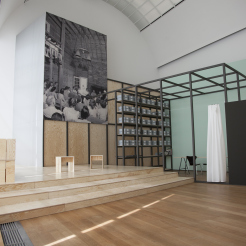
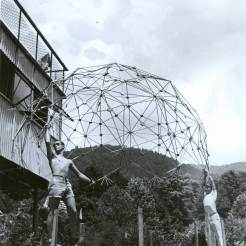



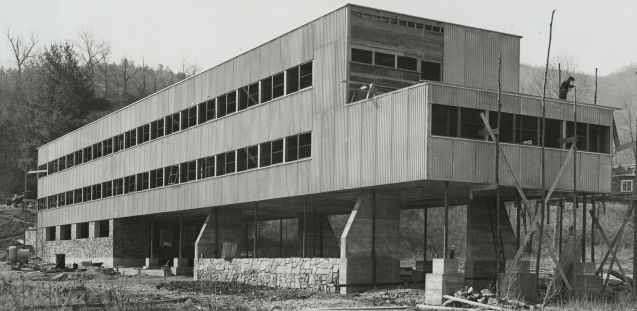
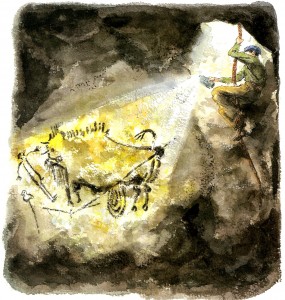
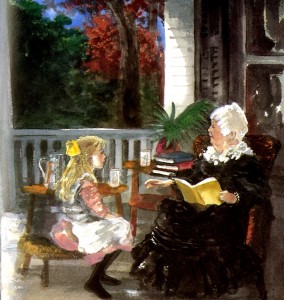


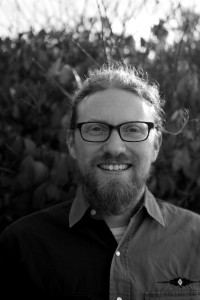
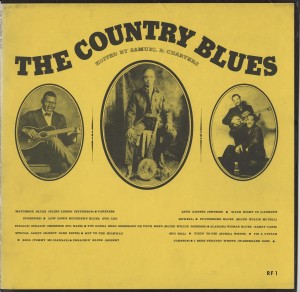
 the same kind of thing but the record was interesting. John has never forgiven me for my note, and even if I’m not sure if we ever would really have become friends I have always been angry at myself for my insensitivity. John sent out a few copies of the record, which he had pressed for himself on his own Takoma label, and sold more through mail orders.
the same kind of thing but the record was interesting. John has never forgiven me for my note, and even if I’m not sure if we ever would really have become friends I have always been angry at myself for my insensitivity. John sent out a few copies of the record, which he had pressed for himself on his own Takoma label, and sold more through mail orders.